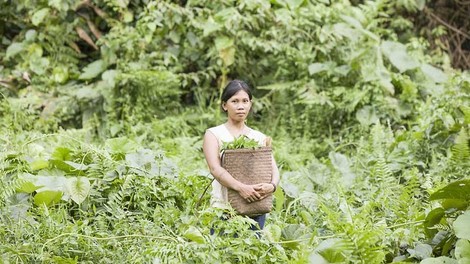Your podcast discovery platform
Curious minds select the most fascinating podcasts from around the world. Discover hand-piqd audio recommendations on your favorite topics.

piqer for: Climate and Environment
Pamela works as a Press & Communications Manager for an international NGO (IWGIA) defending indigenous peoples' rights. She holds an Erasmus Mundus MA in Journalism, Media & Globalisation from Hamburg and Aarhus University and an MA in Political Science from the University of Buenos Aires. She will be putting the eye on international media coverage of indigenous communities and their demands.
Laws Limit Indigenous Women's Actions Against Climate Change
As the murder of the indigenous activist Berta Cáceres showed, indigenous women are the ones who continuously resist land grabbing and large-scale development projects affecting their lands.
Indigenous and rural women comprise more than half of the up to 2.5 billion people who rely on the world’s community lands. They manage these lands to support their communities and families, yet remain disproportionately constrained by unjust laws and regulations. Most of the laws that specifically regulate community-level tenure rights fail to adequately protect women’s rights within their local communities.
Even though indigenous women are not usually portrayed as agents fighting climate change, they play a crucial role in their communities by gathering and producing food and resources, preserving traditional crops, and resisting abusive exploitation or expropriation of their lands.
Linking land rights to indigenous women’s rights
Based on a study of 80 countries, evidence shows that indigenous women have limited chances to equally participate in climate actions due to:
- Insufficient inheritance laws: Less than one-third of the countries made it easy for women and children to receive land ownership.
- Limited ability to own land: Only half of the countries specifically affirm women’s property rights in national laws.
- Limited voting and participation in local governance: More than 80% of the countries analyzed either do not address community decision-making processes or fail to acknowledge women’s right to vote in community general assemblies or equivalent decision-making bodies.
In other words, we cannot save the forest without protecting the rights of indigenous women.
How are they linked to climate change actions and why regulations fail to protect them in effectively participating in the SDGs agenda? Everything you need to know to connect the dots is in this article.
